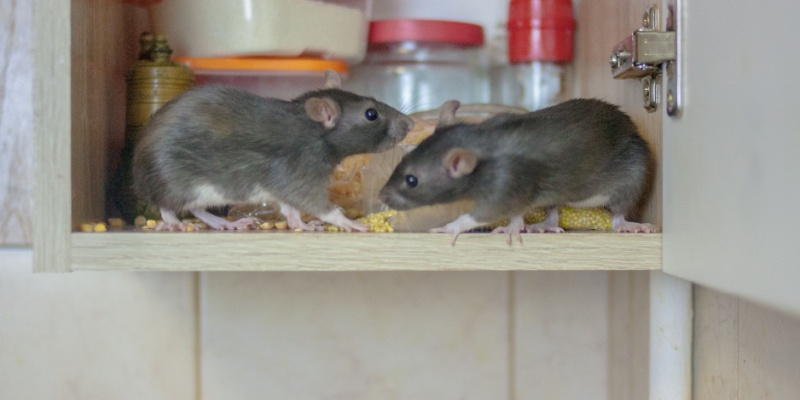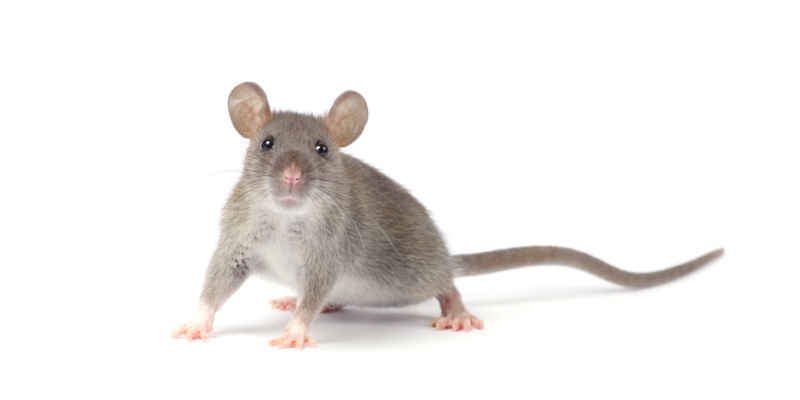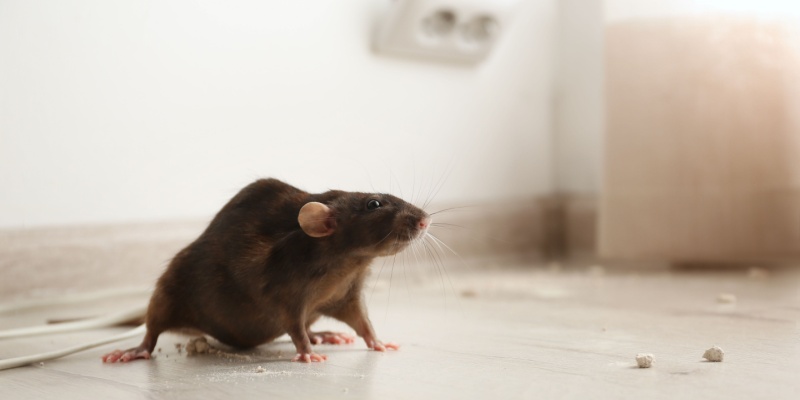Rats are more than just a nuisance—they are a serious threat to the success of your restaurant in New York City. As a restaurant owner, your reputation is everything, and a rat infestation can quickly damage that reputation beyond repair. Additionally, rats pose significant health risks, which can lead to poor health inspections, costly fines, and even the temporary or permanent closure of your business. That’s why rat control is essential for protecting both your business and its reputation.
Why Rats Are a Problem in NYC Restaurants
New York City provides an ideal environment for rats, thanks to its dense population, vast food sources, and countless hiding spots. Rats are highly adaptable and can find their way into restaurants through small openings, cracks, and even sewer lines. Once inside, they can cause damage to food supplies, kitchen equipment, and structural elements of the building.
Here are a few key reasons why rat control is crucial for NYC restaurants:
1. Health Risks
Rats carry diseases that can be transmitted to humans, including salmonella, leptospirosis, and hantavirus. These diseases can spread through contaminated food, surfaces, or even by direct contact with rat droppings or urine.
2. Health Inspections
New York City’s Health Department takes rat infestations seriously. Restaurants that fail to meet sanitation standards or show signs of a rat infestation are subject to hefty fines and poor inspection grades, which can drive customers away.
3. Reputation Damage
In the age of social media, news about rat sightings or infestations can spread like wildfire. A single post or review about rats in your restaurant can lead to negative publicity that is hard to recover from.
4. Structural Damage
Rats chew through wiring, insulation, and even wooden structures. This can lead to costly repairs and potential safety hazards, including electrical fires.
How to Implement Effective Rat Control
Rat control is an ongoing process that requires a combination of preventive measures and professional pest control services. Here’s how you can protect your restaurant from a rat infestation:
- Seal Entry Points
Rats can squeeze through openings as small as a quarter. Regularly inspect your building for cracks, holes, and gaps around doors and windows, and seal them with metal mesh or caulk. Don’t forget to check less obvious areas like floor drains, vents, and utility lines.
- Maintain Cleanliness
A clean restaurant is less attractive to rats. Make sure food prep areas are thoroughly cleaned, and don’t leave food or waste sitting out overnight. Regularly empty trash bins and store food in sealed containers.
- Secure Waste Areas
Rats are attracted to garbage, so be sure to secure your outdoor trash areas with heavy-duty, rat-proof bins. Clean the area around dumpsters regularly to avoid attracting rats.
- Work with Professional Pest Control Services
Professional rat control services are essential for preventing and managing rat infestations. Pest control experts can assess your restaurant, set up bait stations and traps, and provide ongoing monitoring to ensure rats stay away.
Protect Your Restaurant and Reputation
Rat control isn’t just about keeping your restaurant clean—it’s about safeguarding your reputation and maintaining the trust of your customers. By taking proactive steps to prevent and eliminate rats, you can protect your business from the damaging consequences of a rat infestation. Don’t wait for a problem to arise—invest in professional rat control services from Systematic Pest Elimination and keep your restaurant free of pests.







